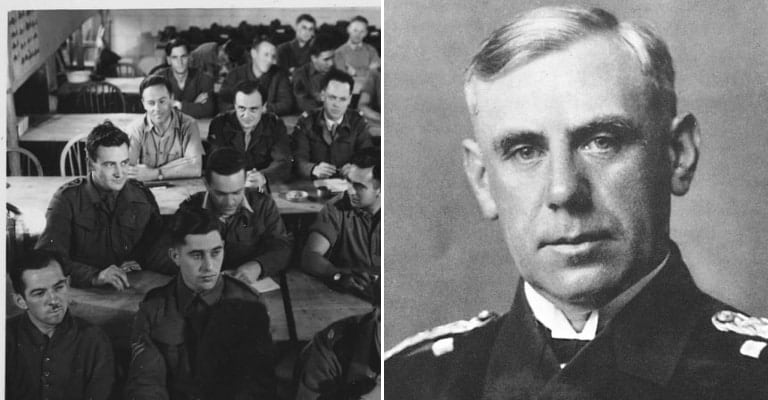Eight saboteurs, dressed in German uniforms landed in two teams of four on the east coast of the United States. They came in the dead of night, in rubber rafts dispatched from U-boats. They carried with them nearly $180,000 in American money, enough explosives to mount a campaign of destruction of infrastructure for two years, maps, charts, and personal knowledge of the United States. They had lived in America before the war, possessed knowledge of American customs, and were supplied with all the necessary documents indicating their presence in the United States was legal. Their plan was endorsed and shaped by the Abwehr, the German military intelligence service.

One group landed in Florida, the other on Long Island, in June 1942. They planned to disrupt American manufacturing, transportation, and electrical distribution systems. Dams on the Ohio and Mississippi, crucial to the defense industry, were to be targeted. So were aluminum manufacturing plants, vital to the aviation industry. Railroad bridges on transportation arteries were targeted, as were hydroelectric plants. Their goal was to strike over and over sequentially, crippling the economy and instilling terror on the home front. Their plan failed, but not because of the diligence of America’s intelligence services and the FBI. Here is the story of Operation Pastorius.
1. The plan was authorized by Adolf Hitler, and was the brainchild of Wilhelm Canaris

Wilhelm Canaris was the head of the Abwehr in 1942, a position to which he brought considerable experience in espionage. During the First World War, he was aboard SMS Dresden, a light cruiser, when its crew scuttled the ship in Cumberland Bay, Chile, unable to evade a powerful British squadron. The crew was interned. Canaris, unwilling to sit out the war, obtained a false passport, made his way over the Andes to Argentina, and embarked on a ship for Rotterdam. The ship stopped in Plymouth, England on its voyage, and Canaris, who spoke six languages including English, went ashore in the hostile country. He then made his way to Berlin, where his Navy seniors decided he was a good fit for Naval Intelligence.
Canaris then spent the remainder of the war conducting intelligence operations in Spain, Morocco, and the United States. Once America entered the war he returned to sea duty, commanding a U-Boat in the latter stages of the war. He returned to intelligence operations in post-war Germany. In 1941, when Germany declared war on the United States he approached Hitler with the idea of major sabotage operations in America, using agents trained by the Abwehr. He based the plan on similar operations in which he had taken part in the First World War, and Hitler approved. The first step for Admiral Canaris was to find suitable operators.

